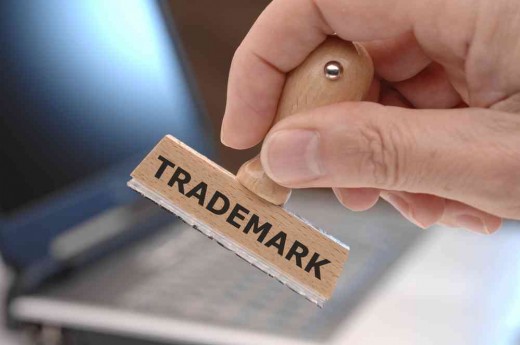
So you’ve started a business, or “launched a startup”, congrats! But is your brand protected?
Nothing represents your business more and sets the stage for all that follows than your company name.
Most business owners and entrepreneurs know full well the importance of the company name. But what about protecting this valuable asset? How well do you understand trademark law? It’s not the most glamorous part of running your business, that’s for sure. Yet, when it comes to your company name, a few proactive steps can go a long way to protecting your business.
Whether you just started a business, are considering launching one, or have been running a successful business for years, here’s what you need to know:
Registering a name with the state
When you incorporate, form an LLC, or file a DBA (Doing Business As) for your new business, you are registering your business name with that state’s Secretary of State. Once your application is approved, the business name is yours (and yours alone) to use within that state. This means that no one else can open a business in your state with the same name; yet, it doesn’t offer any kind of protection in the other 49 states.
Let’s say you’re starting a business that’s physically tied to your location and you never plan on expanding into other states. In this case, registering your name with the state might be enough brand protection. However, if you’re planning on conducting business outside your state, or on the Internet, you should consider trademark protection.
Trademark Law 101
Trademarks are managed by the U.S. Patent and Trademark Office (USPTO) and can be a word, phrase, symbol or design (or a combination of any of these) that identifies and distinguishes the source of the goods of one party from those of others. Trademarks have value and can be sold as corporate assets.
There’s no legal requirement mandating you trademark your business name. In fact, you can have ‘common law’ rights to your business name without formally registering it with the USPTO. Of course, trademark law is complex and registering a DBA in your state or printing out business cards doesn’t automatically grant you common law rights. In general, in order to claim first use to a name, the name has to be “trademarkable” and in use in commerce.
The benefits of a trademark

By registering for U.S. Federal Trademark protection, you’ll be eligible for several benefits, including:
- Treble damages in some cases of infringement
- The right to use ® in your trademark
- A streamlined process for securing your domains and usernames at social sites like Facebook, Twitter, and YouTube
- Significantly stronger protection than ‘common law’ (a.k.a. unregistered) marks. This can make it much easier to recover your property, like if someone happens to use your company name as their Twitter handle.
Registering a trademark
Before submitting an application, you should perform a trademark search to make sure your proposed mark is available. First perform a free online trademark search to check availability. If that preliminary search shows the mark is available, follow up with a comprehensive trademark search that scours local databases, common law, and county registrars. Why? If your name turns out not to be available, your trademark application will be rejected right away ⎯ meaning you’ll lose your application fee and all the time invested in the application.
As for fees, it’s approximately $325 (for online filing) per class that your mark falls under and the process can take anywhere from 6-12 months once you submit your application.
While this process is more involved than registering a DBA, rights to your name will be enforced by both federal and state governments. And this can save you a ton in legal fees down the road.
Chepko Danil Vitalevich, filmfoto via shutterstock
Get the TNW newsletter
Get the most important tech news in your inbox each week.





